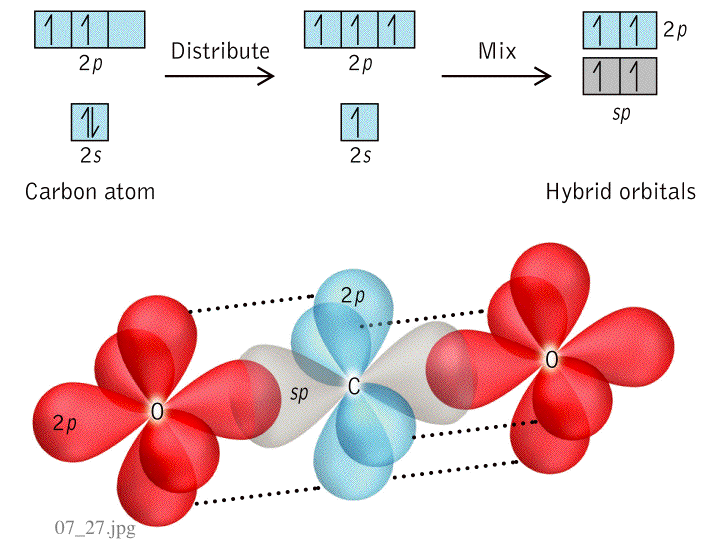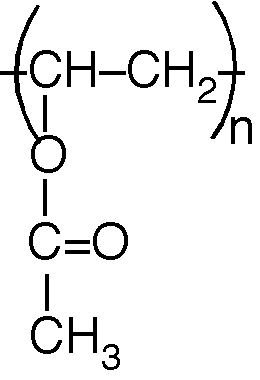Compiled with the help of Spring 2004 Chemistry 105 students
and Fall 2004 Chemistry 106 students.
Chapter 1 | Chapter 2 | Chapter 3 | Chapter 4
| Chapter 5 | Chapter 6 | Chapter 7 | Chapter 8 | Chapter
9 | Chapter 10 | Chapter 11 | Chapter 12 |
Chapter 13 | Chapter 14
| Chapter 15 |
Chapter 16 | Chapter 17 |
Chapter 18
Chapter 1:
Chapter 1:
- Speed of light pages 24 and 25 should be 2.99792458 x 108 m/s.
- Page 60 where the math problem is worked out, the mass of the
proton is wrong it should be
1.67263x10-24g but the book has 1.67267x10-24g. - Page 73 the practice exercise 2.4 either antimony is wrong or the answer in the back of rubidium is wrong as the product of the decay. The possible overall fission, assuming Sb is correct is: 23592U + 10n ---> ???51Sb + 410n + ???44Ru. They do not provide enough information to find the isotope masses.
- Page A-46 "Practice Tests" should read "Practice Exercises".
- Page A-60 43d should read 0+1e since we have lost one + charge. The other possibility is that this is a case of electron capture.
- Page 92 equation for t in left margin is missing a negative sign or has the fraction within the ln inverted. Should read either: t= {-t1/2/ln(2)}ln{At/Ao} or {t1/2/ln(2)}ln{Ao/At}.
- Page 177, last equation on the page should read [(1 mol Na x 22.99 g/mol) + (1 mol Cl x 33.45 g/mol)] /mol NaCl=, not [(1 mol Na x 22.99 g/mol) X(1 mol Cl x 33.45 g/mol)] /mol NaCl=
- Practice excercise 4.2 answers PCl5 name should be phosphorus pentachloride and As2O3 should be diarsenic trioxide, based on the rules we know. Phosphorus and arsenic can take on multiple charges so sometimes people do name them using roman numerals to specify the charge on the positive ion. As long as the charge on the negative ion is known either way clearly identifies the compound.
- Equation 5.3, p. 220, which shows the relation between the concentration of two dilutions has a typo. Since the total moles of solute is constant n= M*V in both cases. So the relation should be MiVi=MfVf , not MiVi=VfVf.
- Answer to end of chapter problem 73 is wrong. It should be
c since im is biggest for this compound.
- Page 314, example 6.9, the right hand figure needs a double bond to the oxygen with a formal charge of zero.
- Page 314, Answer to Practice exercise, the first resonance structure for NO2+ should have a triple bond on the right hand side.
- Figure 7-27 has too many dashed lines. The erroneous and corrected figures are shown below:
| Wrong |
Correct |
 |
 |
